Your Digital Compass in the Complex World of Global Business
ERP Implementations Reimagined - Part 3 - The Shadow ERP Ratio
The Shadow ERP Ratio

In our previous blog, The Shadow ERP Problem, we introduced the concept of Shadow ERP. In that blog, we explored how manual workarounds, customizations, and ancillary software tools outside the ERP begin to creep in as ERP implementations fail to deliver on their promise of productivity and ease of use.
In today’s blog, we’ll shine more light onto the Shadow ERP phenomenon, so you can identify symptoms of a spreading Shadow ERP and how to identify gaps (and solutions) to remedy the problem.
Chasing ERP Shadows
Why define and focus on Shadow ERP elements concerning ERP software platforms? Our experience implementing and supporting ERP systems throughout their life cycle has demonstrated that the true impact of the Shadow ERP, as a symptom of missed requirements and failed implementations, is not fully identified in standard partner ERP selection, implementation, and upgrade projects. At worst, this oversight perpetuates the experience of challenged or failed projects. At best, it significantly adds cost and time to these types of projects.
At Pelorus, we embrace the concept of Shadow ERP elements for improved ERP selection, implementation, and upgrade projects in two ways:
- Shadow ERP Components - Component identification for a truer picture of business requirements and user behaviors
- Shadow ERP Ratios - Ratio analysis to identify critical trends
Shadow ERP Components Illuminated
Identifying all Shadow ERP components based on user, department, business process, and level of complexity is crucial to understanding what’s really going on in terms of business processes, user behavior and requirements and the ultimate successful adoption of an ERP solution. Most critically, it is important to understand why the current ERP platform either does not support or has not been adopted to support functions being performed by individual Shadow ERP elements.
Looking at each Shadow ERP component, it’s important to ask whether they are:
- Adding value to correctly-implemented ERP functionality, or
- Replicating core ERP functionality due to improper setup or lack of training.
Understanding the complete list of Shadow ERP elements paints a fuller picture of the actual requirements that must be met for a successful ERP selection, upgrade, or implementation project.
Tipping the Scales: Shadow ERP Ratios
Once we’ve identified all those non-ERP components and processes lurking in the shadows, we need to understand the ratio of time needed to complete business processes in Shadow ERP elements compared to the company ERP platform. This ratio provides critical information regarding the health of an ERP implementation.
Let’s look at two examples:
- The CFO spends an average of ten percent of his time looking up information in the company ERP system, and ninety percent analyzing data that he has downloaded/exported from the ERP system. We could calculate that 90% of his ERP-related time is spent outside the existing ERP software working in Excel, potentially a Shadow ERP program with a 90/10 ratio.
- The Production Manager spends ten percent of his time looking at production orders in the company ERP system and ninety percent of his time downloading production order and inventory balance information. He then manipulates the downloaded data to create purchase orders and update production orders. Again, we could calculate that 90% of his ERP-related time is spent outside the existing ERP software working in Excel, a Shadow ERP program.
On the surface, it would seem that these two ratios (expressed as percentages) are the same. However, digging a layer deeper, we can see that they are dramatically different to a knowledgeable ERP architect. This 90/10 ratio might be correct and acceptable for the CFO. But the same 90/10 ratio is completely unacceptable in the case of the Production Manager. Why? In the case of the CFO, spending ninety percent of his time analyzing financial data in Excel may be the perfect use of his time, with the appropriate tools. While automation may be appropriate to speed downloads and auto-generate reports, their use of Excel, as a tool to manipulate ERP data may be the right tool for the right job in this case.
That same percentage in the case of the Production Manager, on the other hand, is entirely unacceptable. What’s different? In that scenario, Excel replicates functionality that should be a fundamental function of a properly-implemented ERP platform. In this case, the use of Shadow ERP solutions should trend towards zero. The ninety percent points to some dramatic failure of setup or training for most common issues.
It all comes down to assessing which tools are the right ones for each job. But it has to START by knowing which tools are in the box (or scattered around the workshop).

Your Shadow ERP Diet
As you can imagine, using Shadow ERP ratios as a guiding metric can be tricky. It’s like asking the question, “How much weight should I lose, and how fast?” It depends on your goals, and on what you want to do with your newly-found, fit and functional form.
That said, once you’ve identified the Shadow ERP elements in your organization, consider the following for each:
- What is the role of each stakeholder in the process supported by the Shadow ERP element?
- What is the nature of the process it supports (individual, departmental, enterprise)?
- What is the core function and role of a typical ERP in the related process tasks?
- What is the lifecycle of the data in the process and which stakeholders need access and visibility?
- What is the technical overhead of relying on a Shadow ERP component?
Get a Shadow ERP Health Check
The team at Pelorus has embraced the Shadow ERP perspective to a new methodology that helps enterprises implement, adopt and support the right tools for the right jobs to drive them towards the right goals. Through applying this methodology to companies of different sizes, across industries, we are establishing benchmarks and best practices that will help companies to avoid the Shadow ERP trap and suffer another failed or sub-optimized ERP system roll-out. To learn how you can apply this methodology to get a health check on your own systems and processes and benchmark your results, contact Pelorus today. Whether you are maintaining an existing ERP, exploring an upgrade, or a new implementation, we can help. To understand how the team at Pelorus has overcome these problems, read our follow-up blog, “The Power of Insite.”
Pelorus Technology is a global Microsoft Dynamics Enterprise Resource Planning (ERP) implementation partner. The Pelorus Partners believe that the Microsoft Technology stack and Dynamics products afford customers the most reasonably priced and functionally complete ERP platform in the market. Our team is dedicated to identifying and implementing new and improved methodologies, attitudes, and tools to set a new standard in speed to value for our ERP selection, implementation, and upgrade projects. Contact us today to see how our Pelorus advanced thinking can benefit your ERP project.











